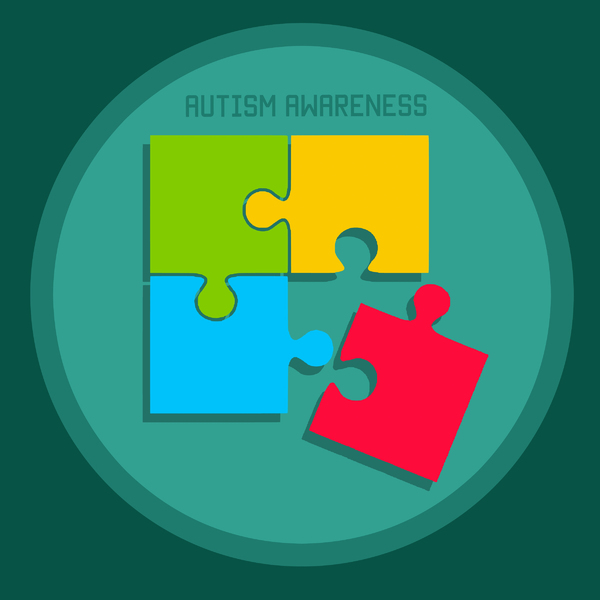Users Who Spiked

AUTISM
Private Notes
Private Notes
Notes
Autism is a disorder that currently affects one in every eight children born in the United
States. Boys are four times more likely to suffer from the disorder than girls.
Children suffering from autism have trouble communicating and interacting with others and with the world
around them. They seem trapped in their own world, unaware of all else. With early detection
and treatment, autism can be managed; however, there is no cure.
All parents and caregivers should be aware of the signs of autism, as early detection leads to
a proper diagnosis and early treatment. A key sign of autism is the child’s delay in speaking or
a lack of speaking at all. Normally, infants should babble by the age of 12 months and be able
to speak recognizable words by the age of 16 months. At age two, children should be able to
communicate effectively in two-word phrases. Infants and young children who do not
demonstrate these normal signs of communication development may be autistic.
There are other indicators, or red flags, of autism. Autistic children tend to engage in repetitive
behaviors, such as repeatedly flapping their hands, rocking back and forth or repeating the
same word or phrase over and over. Older children in particular often develop an obsession
with facts or figures or even everyday objects, such as a fan or a toilet.
Overall, the autistic child has very little interest in being spontaneous or creative. They
frequently line up their toys in regimented lines or groups, more interested in arranging their
toys rather actually playing with them.
Another common sign or symptom of autism is the lack of eye contact. Autistic children avoid
any kind of communication, either verbal or non-verbal. They show no interest in
communicating with others or interacting. There is little or no expression of emotion or mood.
Their gestures, facial expressions or other body language conveys nothing of how they feel.
Speech may have a sing-song quality or the flat, monotone syllables of a robot.
Since the autistic child cannot appropriately or effectively express desires or communicate
needs, he or she is often frustrated and may resort to disruptive and inappropriate behaviors.
Once the child is taught effective and appropriate means of communication, the disruptive
behavior usually decreases. This is one of the reasons that early diagnosis and treatment are
so important in helping the autistic child to overcome and learn to manage the disorder. With
early detection and treatment, the autistic child has a much greater chance of successfully
developing normal and essential communication and social skills.
Sources:
http://www.autism-society.org/about-autism/
http://www.autismspeaks.org/what-autism/facts-about-autism
Comments
Please login to post comments on this story
-
They frequently line up their toys in regimented lines or groups, more interested in arranging their toys rather actually playing with them.
My niece is on the spectrum and does this frequently. However, she doesn't seem to avoid any kind of communication, verbal or non-verbal. After speech therapy, she started speaking a lot and sometimes my sister says too much lol. There are different facets to autism spectrum disorders so it's not really a one size fits all equation. Good info though. Bringing awareness to autism is very important.


























